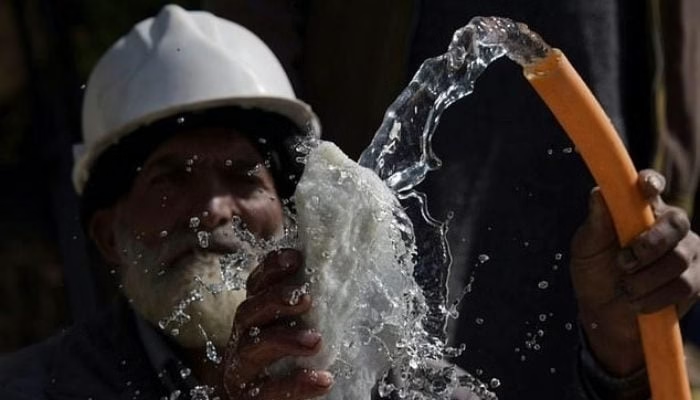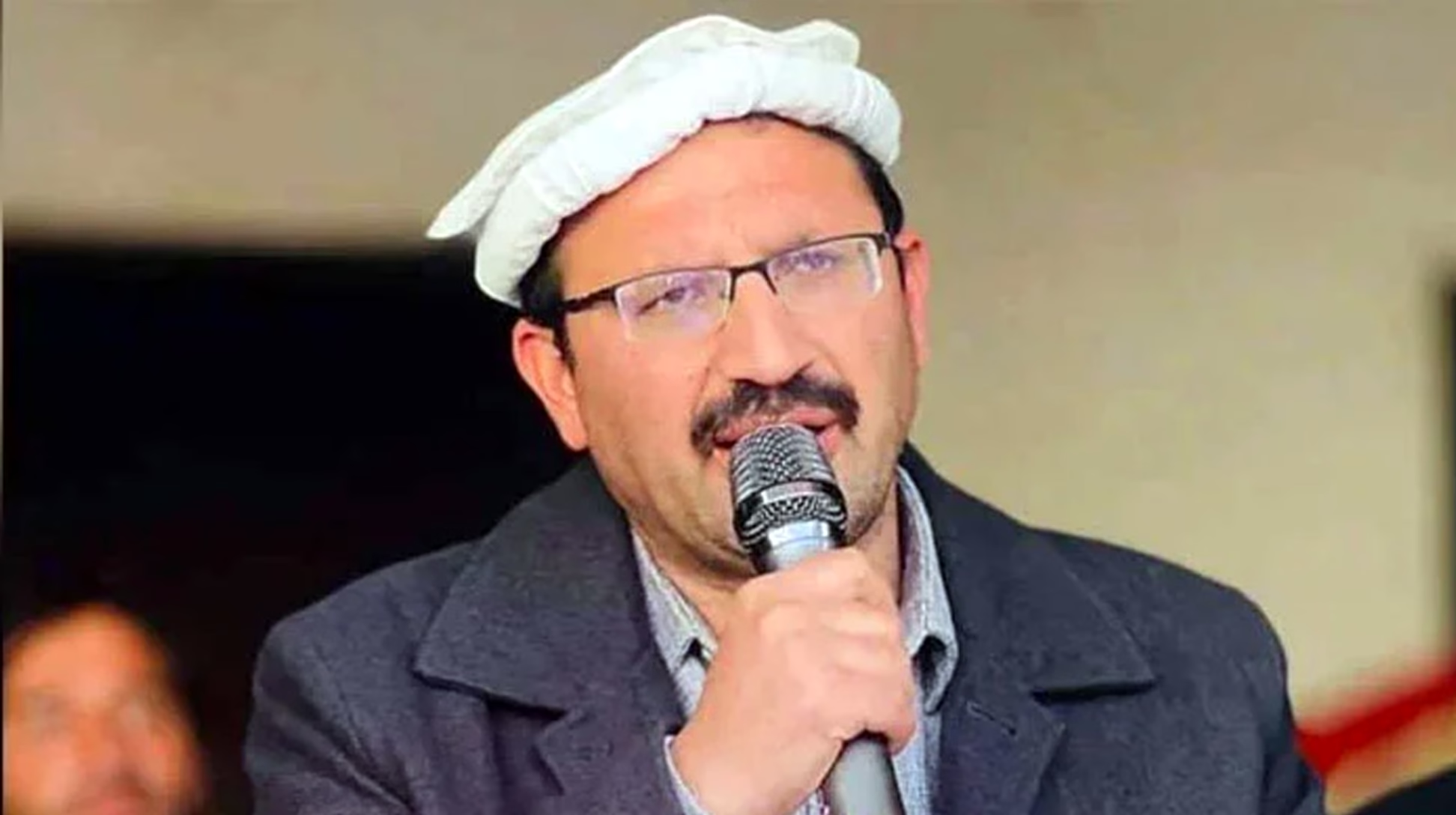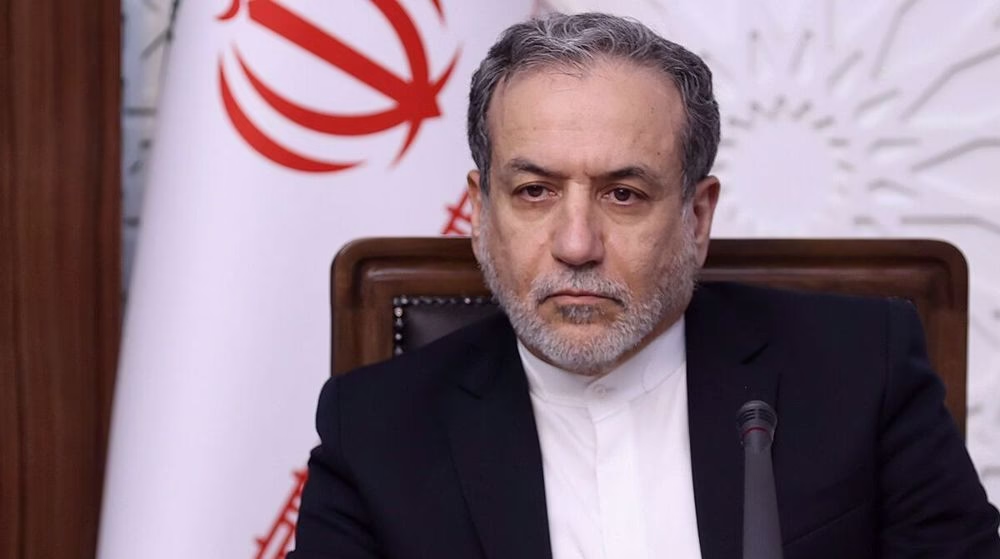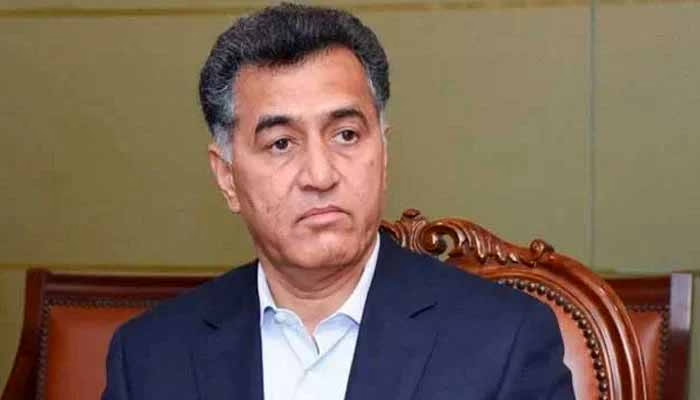As political tensions rise in Pakistan, a growing online narrative claims deep military involvement in Khyber Pakhtunkhwa’s lucrative mineral sector. However, official records paint a different picture—one that directly challenges these assertions and suggests a far more limited role for the military establishment.
According to verified government data, a total of 4,917 mining licences have been issued across Khyber Pakhtunkhwa (KP) to various applicants. Out of these, only one licence has been granted to a military-linked institution—the Frontier Works Organisation (FWO).
Only One Licence Issued to a Military-Affiliated Entity
The FWO, a military-run engineering and development body, was awarded its lone mining licence in 2015 for a project located in Boya, North Waziristan—a region previously plagued by conflict and now undergoing reconstruction and development. Officials point out that FWO’s presence in the area is part of broader rehabilitation efforts and not part of any large-scale mineral exploitation strategy.
A senior security official, speaking anonymously, stated that public concerns and widespread speculation about military control over mining in KP are largely unfounded. “There is only one active mining licence granted to a military-linked body in the entire province, and that too in a conflict-hit zone,” he clarified.
Proactive Transparency: 40 Licences Linked to Retired Officials Cancelled
In a rare move aimed at increasing public trust and addressing growing political pressure, the Pakistan Army reportedly facilitated the cancellation of nearly 40 mining licences held by retired military personnel and their family members over the last 18 months.
“This initiative was taken to reinforce transparency and address negative propaganda that sought to malign state institutions,” the official said. “The mineral wealth of KP belongs to its people, and provincial policy must reflect this through fairness and transparency in licensing.”
No Military Applications Among 500 New Licence Requests
At present, KP Chief Minister Ali Amin Gandapur is reviewing over 500 new applications for mining licences. Significantly, not a single application among these has been submitted by the military or any military-affiliated institution, further underlining the limited involvement of the armed forces in the province’s mineral affairs.
Officials emphasized that misinformation and baseless political rhetoric not only discredit state institutions but also divert public attention from real governance challenges and policy discussions.
Rapid Growth in KP’s Mineral Sector: Key Stats and Revenue Insights
Despite the political noise, KP’s mineral sector has witnessed significant growth over the last decade. As per the official March 2025 report by the KP Mineral Development Department, the number of registered mineral titles has surged from 482 in 2010 to 4,917 by July 2025.
Breakdown of Mining Licences:
- 4,133 licences in settled districts
- 784 licences in merged (former tribal) districts
- 125 licences were issued prior to the merger
This expansion marks an impressive shift in exploration and commercial activity in a province long viewed as rich in natural resources but underdeveloped in extraction and processing capacity.
Revenue Growth — Yet Far from Full Potential
Although KP’s mineral sector revenue has grown steadily, experts argue that the region is still far from realizing the full economic potential of its estimated reserves, which are worth hundreds of billions of rupees.
Annual Revenue Performance:
- 2016–17: Rs2.17 billion
- 2017–18: Rs1.91 billion
- 2018–19: Rs2.18 billion
- 2019–20: Rs3.24 billion
- 2020–21: Rs5.08 billion
- 2021–22: Rs6.14 billion
- 2022–23: Rs6.37 billion
- 2023–24: Rs6.4 billion
- 2024–25 (mid-fiscal): Rs7.43 billion
While the numbers demonstrate a positive trajectory, experts and policymakers alike highlight that KP’s vast mineral wealth remains underutilized. Issues such as outdated regulations, lack of modern mining technology, and insufficient infrastructure continue to hamper sectoral performance.
Balancing Facts and Public Perception
In today’s digital age, where social media shapes public narratives at an unprecedented pace, distinguishing verifiable facts from political rhetoric becomes essential. Officials warn that misinformation and unchecked online claims risk not only destabilizing institutions but also undermining investor confidence in KP’s resource sectors.



